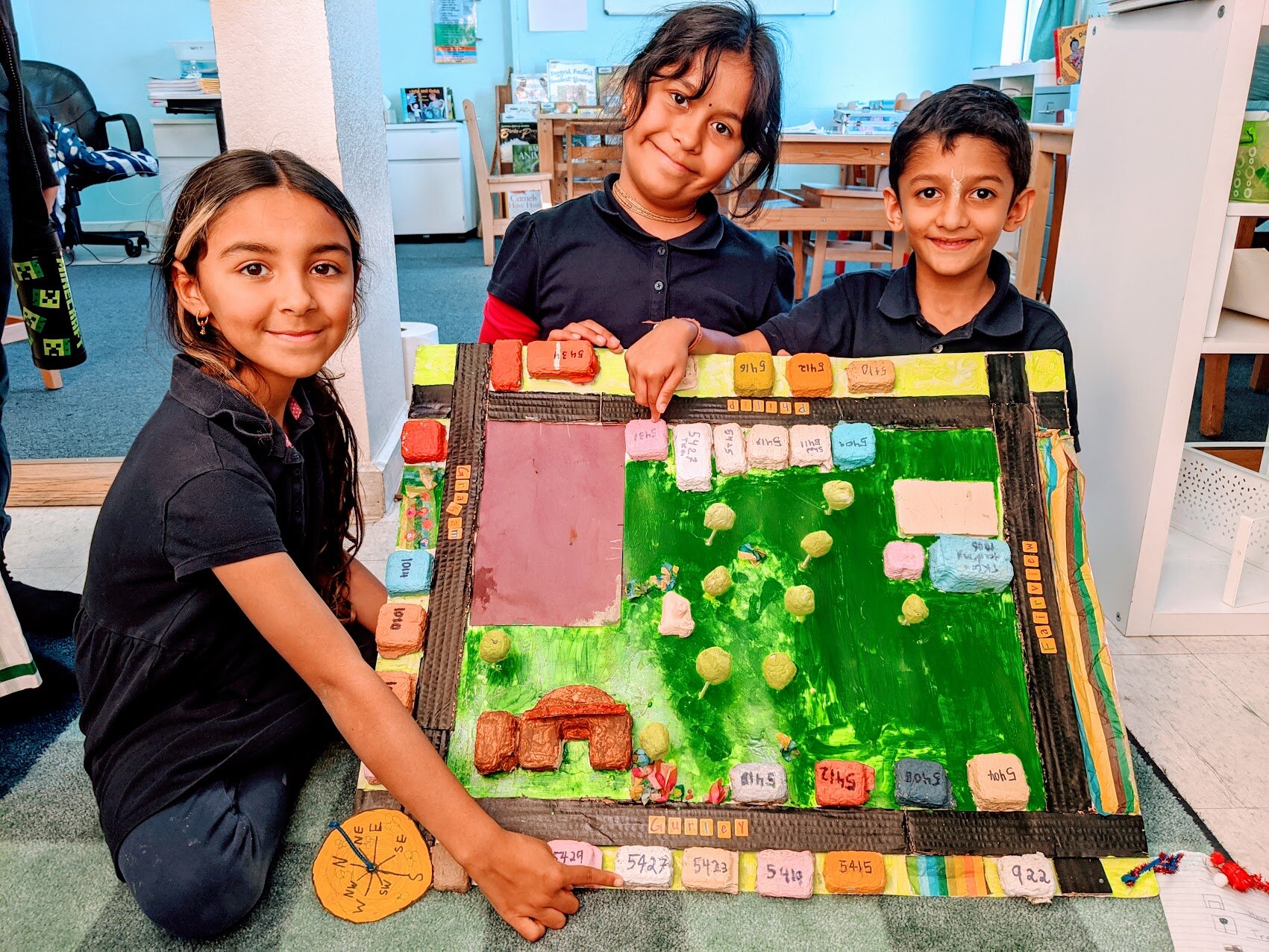Empty Vessels or Active Learners
Children are not empty vessels to fill with knowledge. They are active, intelligent beings who must take a direct part in learning what they need to know to succeed in their life, according to their skills. Trust their abilities and act as a facilitator.
“The empty-vessel and factory models have many implications for schooling, which are discussed in the chapters to come. To preview, when the child is seen as an empty vessel into which one pours knowledge and then creates bonds, there is no need to involve the child actively in the learning process: Empty vessels are passive by nature. Yet people learn best when they are actively engaged. Good teachers try to keep children active by asking lots of questions during lectures, but the physical structure of the classroom is designed for passivity: The child sits and listens to the teacher, who stands at the blackboard and delivers knowledge. There is no need to consider the child’s interests in the prevailing model because empty vessels have nothing in them from which interests could stem. When interests do arise, because all vessels have been filled with the same stuff, all vessels should share interests. Empty vessels certainly cannot make choices, and so teachers or school administrators choose what should be learned, down to the micro-details tested on statewide examinations. ”
How does one set up curriculum and lessons in a classroom in order to give the facility for children to be active learners? With set state objectives and benchmarks to hit, you may feel like it’s too difficult! I know I did. But here I share different methods I’ve discovered after many years of practice.
Introduce the Topic with Excitement
If you’re not interested in the subject, it’s going to be pretty difficult to get your kids to want to learn it. Make it exciting!
Body Language: Are you sitting in your desk with all the other students in the desk? Are your shoulders slumped, your eyes glazed, reading words off a book? Or are you up at the board writing/drawing/mind-mapping? Are you walking around the room role-playing different scenarios? Have you gathered the students close in a circle as you explain something exciting they will learn?
Tone of Voice: This is pretty self-explanatory. Monotone puts kids to sleep. Energized, full of vibrance, a voice that is louder, interested, eager to share the exciting thing you are about to teach them.
Start the Unit with a Question
Present scenarios and problems that bring out questions. Inquiry-based learning is an incredible way to motivate children to embrace the unit with ferver. When they’re actively solving a problem, they feel empowered and useful, just as we do. Inquiry based learning has been taught and practiced by Confucius, Socrates, Montessori, Steiner and more. And a thousand years prior, Vedic sages were droning mantras starting with the first aphorism “Athato Brahma Jijnasa” —“to inquire is an innate principle of the soul".”
Here’s a simple summary video for more information on Inquiry Based Learning (IBL).
Take a Field Day
Get out of the books and the classrooms and take your students to a place where the unit topic is shown in real life scenarios. One year, in our study of Biology, the 3rd graders were making Adaptations flap-books researching their favorite animals. One of them brought in his pet iguana right into the classroom. Another year, we had baby chickens visit. Go to the zoo, the aquarium, the Wildlife Reserve, the Rock Quarry, the Dairy Farm, the local printers (for learning how to publish books), trips to the library, theater and more. Each unit should have at least two cool places to visit where they get to actually see what it is they’re studying.
Choices, Choices, Choices
“Look, kids. This is the topic we will be covering. What would you like to know about it? What interests you about it? How would you like to explore this topic?” KWL Charts help organize thoughts and distinguish between what they know already, want to know and what they will learn. Give them a few options on how they will learn it (video, books from the libraries, field trips) and how they will present it (Powerpoint, Lapbook, PosterBoards, MiniBooks, Collage, Dioramas, Charts, and more)
Activity Trays
Engage all their senses in Activity Trays and Experiments
Hit multiple learning styles and intelligences when you’re setting these up
Anything they can touch, work with, build, create, and set up cause-and-effect for makes it so much understandable.
Work Together
Partner them up to work together to figure out the answers to questions about the subject matter.
If you have larger groups, let them assign a team leader and other roles for each group. Because now they feel a sense of community and accountability to each other, they are much more motivated
Make a Project
Creating a project out of the subject to be learned is another common way to create an active learning environment. Learning Earth Science? Make landforms out of cookie dough and water out of blue icing. Learning how to read a map? Walk around your community and make a to-scale map of the streets around with houses, parks, businesses and more. Learning decimals and money? Create a school store with items to be sold and bought? Every year, we combine the Economy Unit with the Math units on decimals and money, with a two or three day bazaar where students plan, market, create and sell products in their own ‘companies’. They love it!
Here’s a cool video that summarizes PBL - Project-Based Learning.
All in All
Active Learning motivates kids; gets them interested in the subject matter; makes them LOVE school. Get them up and moving, get their minds thinking and working, let them talk and work together! You’ll see them begging their parents to go to school. I know my students do.






